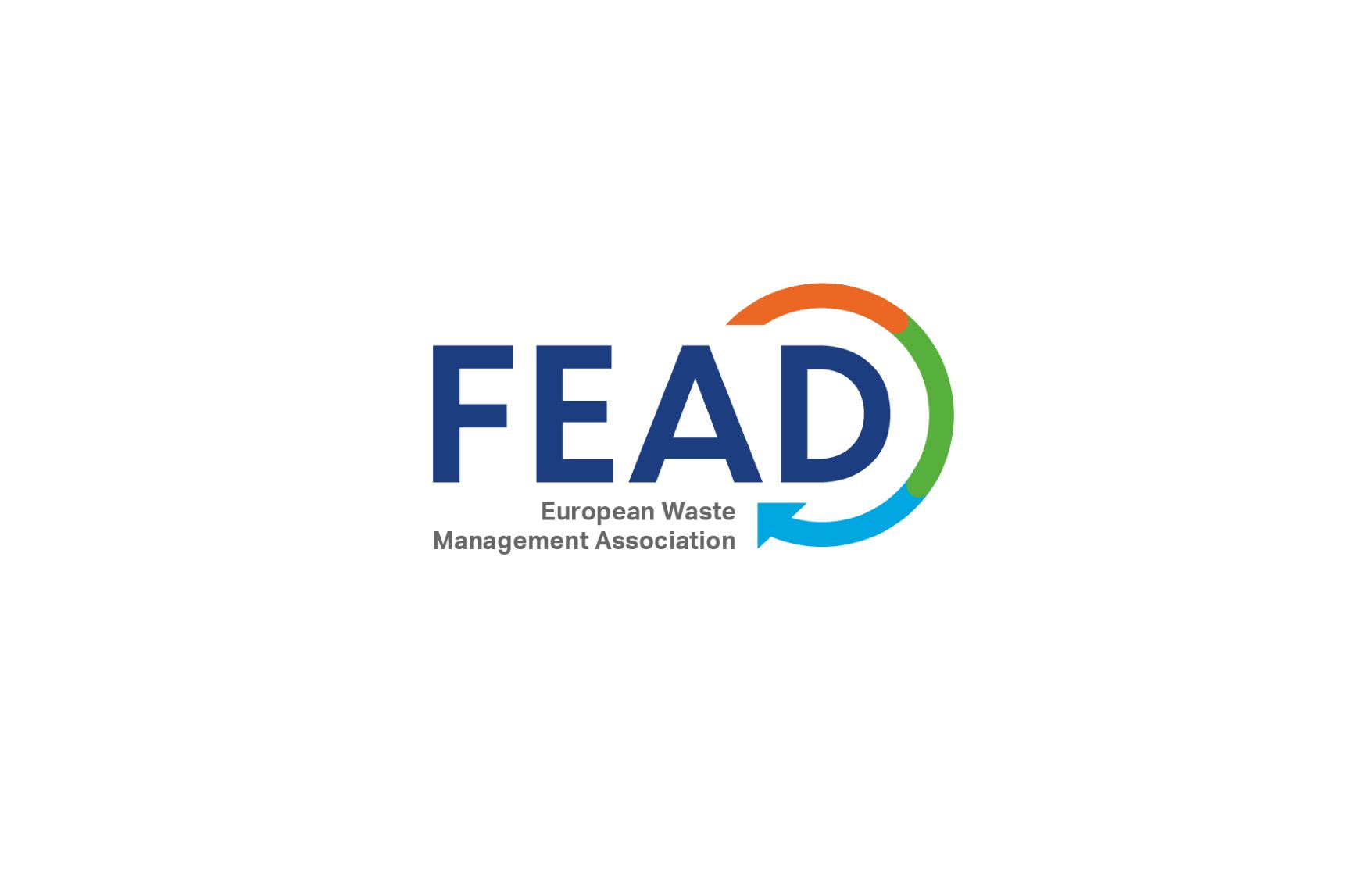But FEAD is very concerned with the fact that the recycling sector is not listed among the activities eligible for aid in the form of reductions from electricity levies for energy-intensive users (under section 4.11 and related list in Annex 1 to the guidelines). A proper level playing field between manufacturing and recycling activities is greatly needed to avoid competitive distortions deemed to be detrimental to recycling activities.
The exclusion of the recycling sector under Annex 1 CEEAG 2022 is of particular significance as it is currently included in the list of energy-intensive users eligible for reductions from electricity levies under NACE code 3832 (Annex 3 to CEEAG 2014-2020). As mentioned in paragraph 400 CEEAG 2022, the recycling sector represents an economic sector whose outcome is particularly exposed to international trade in our global manufacturing markets, even if they are not, as such, at risk of relocation. Yet it also relies heavily on electricity for its value creation as far as some waste flows are concerned, such as plastics, metals, and WEEE. For this reason, FEAD strongly considers that aid in the form of reductions from electricity levies for energy-intensive users should not be limited tosectors at risk of relocation but should also include the recycling sector among the list of eligible activities.
Peter Kurth, FEAD President stated: “such a lack of level playing field between manufacturing and recycling activities, and lack of incentivisation for the incorporation of recyclates vs. primary raw materials in more energy-intensive manufacturing processes, worries me a lot.The recycling sector needs pull measures, such as mandatory recycled contents in new products, but also push measures, aiming at incentivising – or at least not penalising – the offer of recyclates. On one hand, the European Commission understands and accepts, under some conditions, public support on recycling activities, while on the other hand, the competitiveness of this industry is not viewed as a priority, with a more favourable treatment given only to the manufacturing sectors”.
On another note, FEAD particularly supports the inclusion of aid for energy generation from waste, but considers that it should also cover residual, non-recyclable waste under application of the R1 formula, and not be limited to waste that falls under the definition of renewable energy sources. Waste-to-energy plays an essential role in circularity, as it moves up the waste hierarchy by avoiding waste disposal (landfilling essentially) and leads to significant CO2 emission savings compared to electricity produced by fossil fuel combustion.











